By Louise Irvine
Researching a collection like Arthur Wiener’s is often like searching for buried treasure. As well as all the ceramics and glass art, the collection includes decorative objects in bronze and enamel, which are less familiar to us at WMODA. Recently we had the good fortune to work with Alberto Shayo, a specialist in Art Deco bronzes, who photographed some of the museum’s hidden treasures for his upcoming book.
Alberto first visited WMODA about 18 months ago with a mission to return and study the reserve collection in more detail. The pandemic delayed his plans, but he traveled from Brazil as soon as the travel restrictions were lifted.
Alberto wrote the classic reference books about decorative Art Deco statuettes and the iconic master of the era, Demetre H. Chiparus (1886-1947). Chiparus was a Romanian artist working in Paris and some of his early bronze studies of children are on display in the Art Nouveau and Art Deco gallery at WMODA. Chiparus specialized in chryselephantine sculptures, which combined bronze and ivory for decorative effect, often with a gilded finish.
Bronze sculptures of the period were cast using the lost-wax process, also known as cire perdue, which has been practiced since the 3rd century BC. The sculptor’s original clay model is used to make a wax mold to the desired thickness of the finished sculpture. The wax shell is covered in heat-resistant plaster and the wax melts and drains away when heated. Molten metal is poured in through ducts and fills the hollow space left by the wax.
Bronze, an alloy of copper and tin, was often gilded in a process known as ormolu. In France, the complex process was overseen by two separate guilds – casters and chasers (fondeurs-ciseleurs) and chasers and gilders (ciseleurs-doreurs). The skilled chasers at the bronze foundries cast and touched up the sculpture with fine details. For the gilding process, ground gold was mixed with mercury and the resulting amalgam was applied to the surface of the bronze with a brass-bristled brush. The sculpture was placed over an open coal fire and the mercury evaporated leaving a layer of gold on the surface. Finally, the smooth gold areas could be burnished using an agate stone.
During the 1920s, Chiparus became more famous for his sculptures of exotic dancers from the Russian ballet and the Folies Bergère, which helped define the Art Deco movement. His most dazzling work was sold at Etling’s luxury emporium in the Rue de Paradis in Paris and often cast at Etling’s own foundry. His bronze sculptures were reproduced also by Friedrich Goldscheider in Vienna, who is better known at WMODA for his ceramic editions from the Art Nouveau and Art Deco eras. Goldcheider’s monumental terracotta maidens from the early 1900s were designed to look like bronze as clay was much more affordable than precious metals.
WMODA has several gilt bronze sculptures of children, a favorite collecting subject of Arthur Wiener. After some research, we discovered that our 1920s girl with a tennis racquet is called Nini and it is by a French artist, Solange Bertrand (1913-2011). She was a talented painter and sculptor who specialized in sculptures of children at play early in her career.
Very little is known about the gifted artist Georges Omerth, who sculpted the gilded bronze pierrot figures in the Carnival & Cabaret exhibition. However, he was a prolific sculptor of children and we discovered that he studied in Paris under Albert-Ernest Carrier-Belleuse, the sculptor of our magnificent Minton Majolica Mermaids. Occasionally he signed his work with the anagram H. Tremo. Pseudonyms were common in the bronze industry when sculptors worked with different foundries.
No signature could be found on the sculpture of two little girls holding a jeweled box, which came into focus for our Treasure Hunt event on June 5. Fortunately, Alberto identified it as Pandora’s Twins by Carl Kauba (1865-1922). The son of an Austrian shoemaker, Kauba studied sculpture in Vienna and Paris and became prominent at the turn of the last century for his decorative Viennese bronzes. He cast his clay models at local foundries and became famous for his dramatic portrayals of cowboys in the American West. Viennese bronzes were often cold painted in layers of color with dust paint by out workers, often local women working from home in a decorative arts cottage industry.
To complicate our research, Kauba used a variety of signatures including T. Curts and Karl Thenn. He is now known for his “Naughties” a collection of mechanical push button sculptures, which included Metamorphosis featuring a butterfly winged maiden. A Treasure Seeker shows a man digging in the ground for buried treasure which is raised to reveal a golden nude below. We need to find these treasures for the WMODA collection.
Many of the bronzes in the Wiener collection came from a private source with little accompanying information so there are still many attribution and identification challenges ahead. We look forward to hearing more about Alberto’s ongoing research and seeing his next book on the subject.
Read More...
Art Nouveau & Art Deco
The WMODA Treasure Hunt
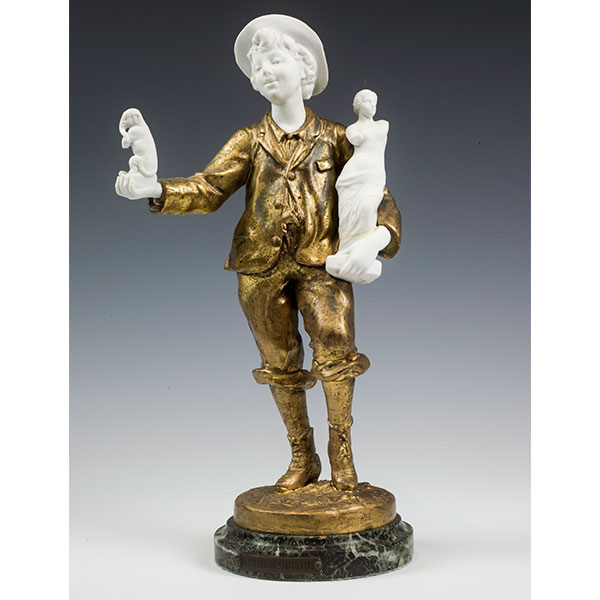
Marchand de Statuet by Clem
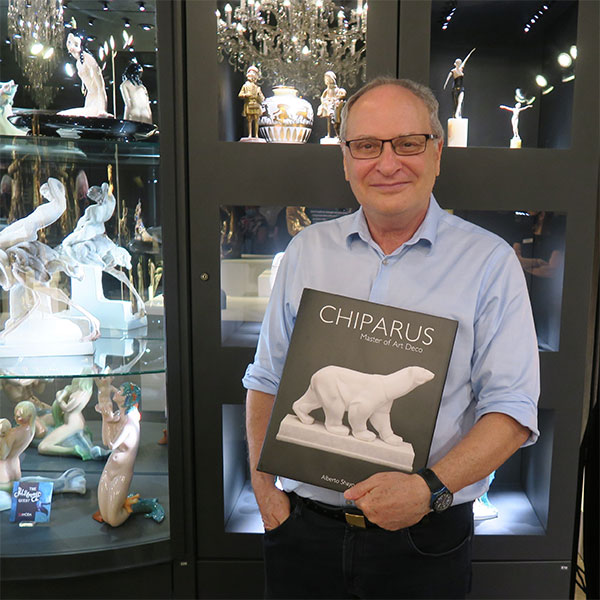
Alberto Shayo
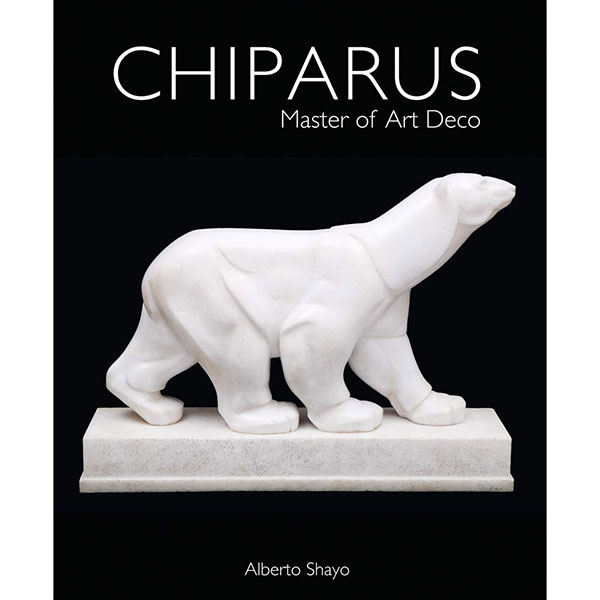
Chiparus: Master of Art Deco Book by A. Shayo
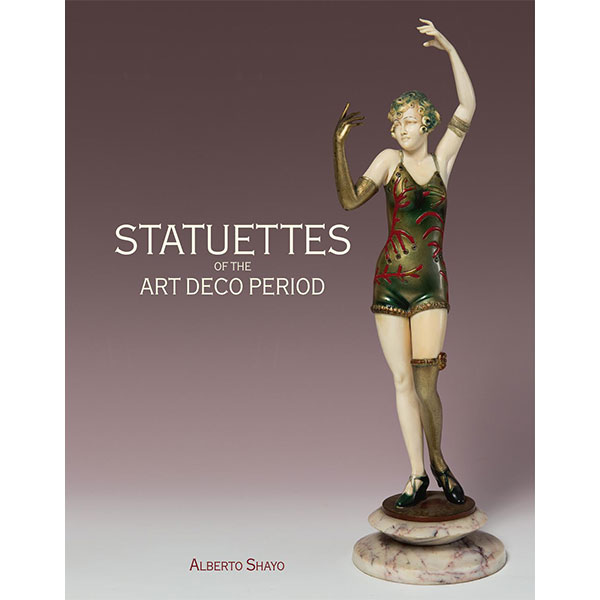
Statuettes Book by A. Shayo
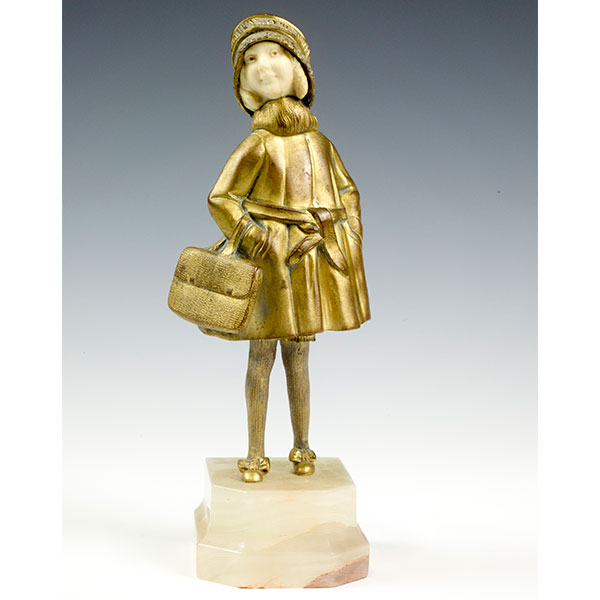
Girl by Chiparus
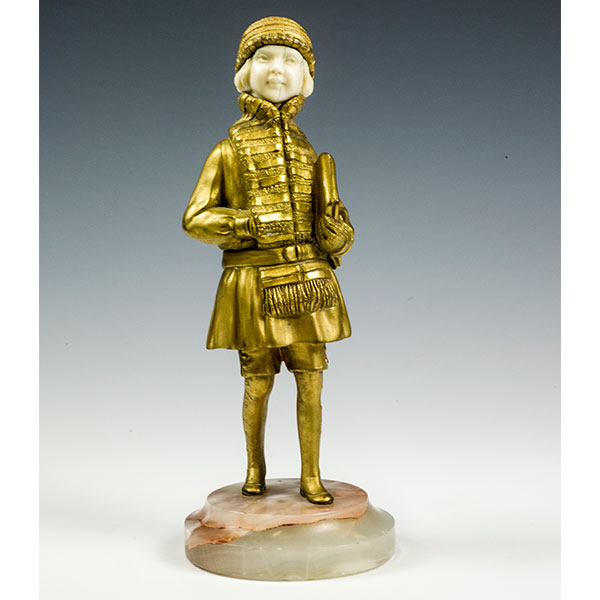
Girl by Chiparus
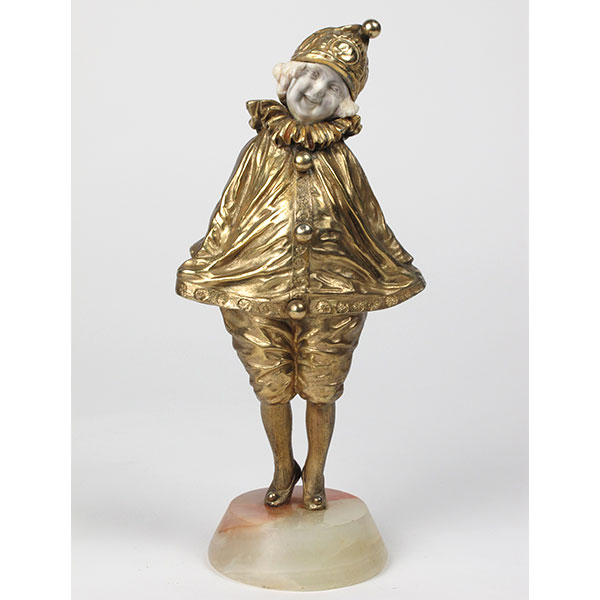
Pierette by Chiparus
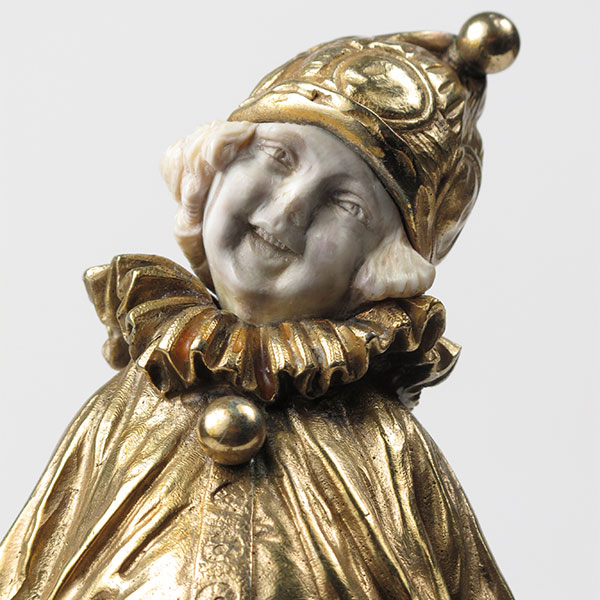
Pierette detail
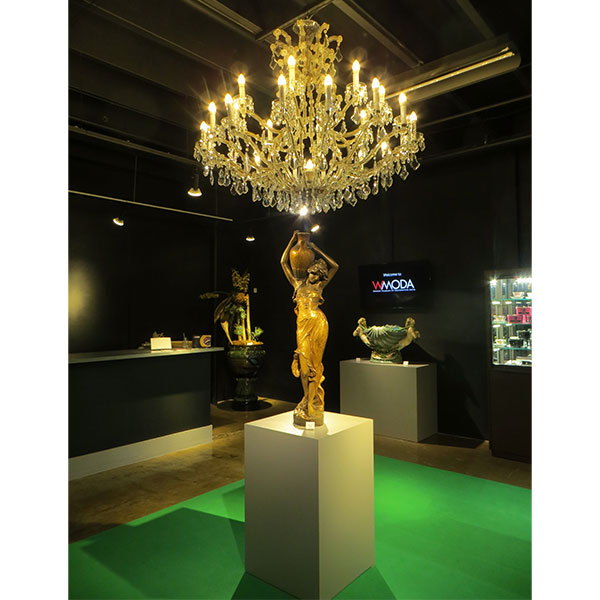
Goldscheider Maiden @ WMODA
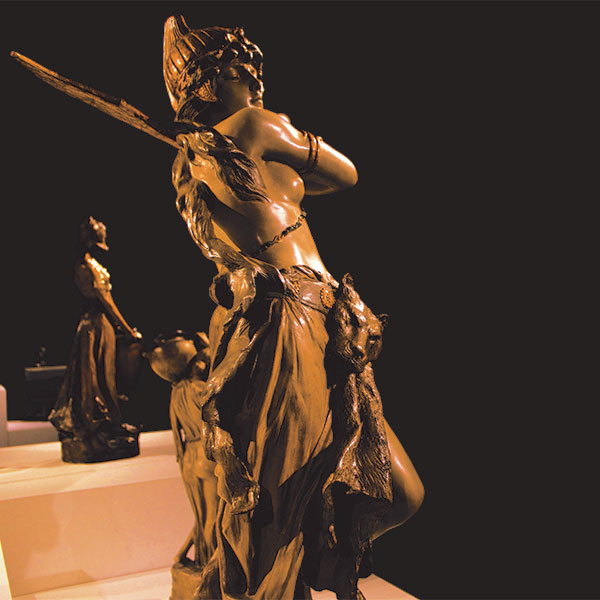
Goldscheider Amazon Warrior
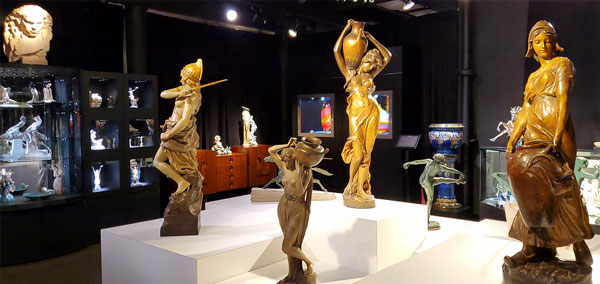
Goldscheider Maidens
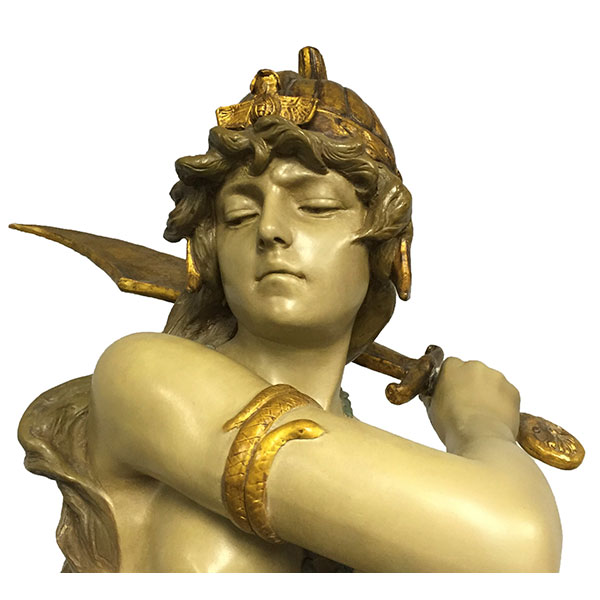
Goldscheider Amazon Queen detail
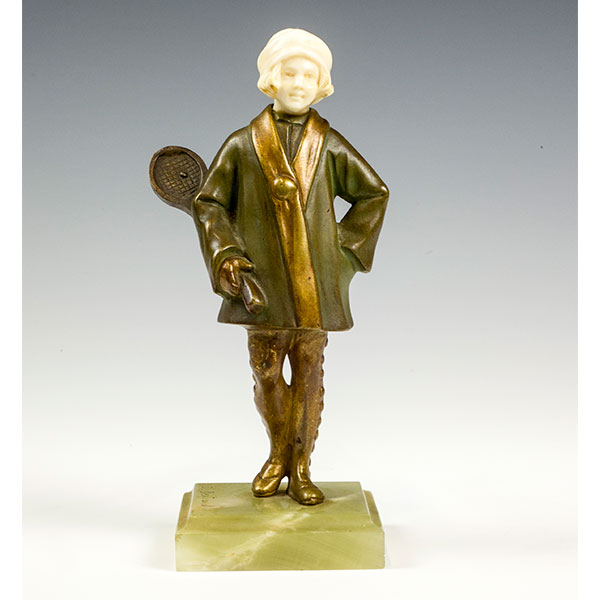
Nini by S. Bertrand
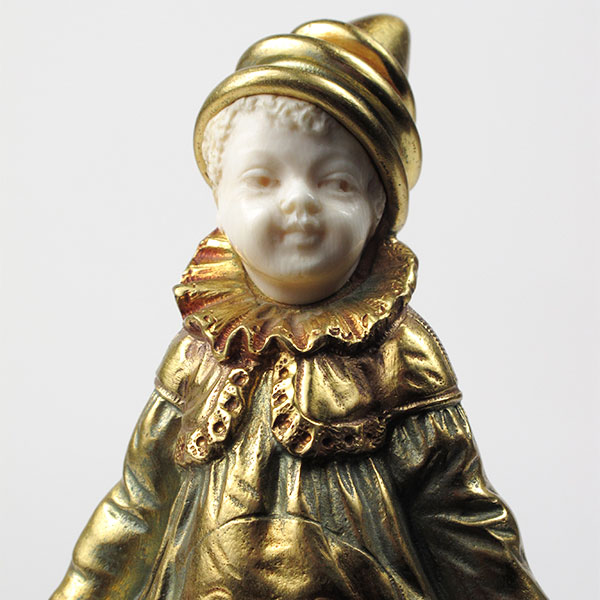
Clown detail by G. Omerth
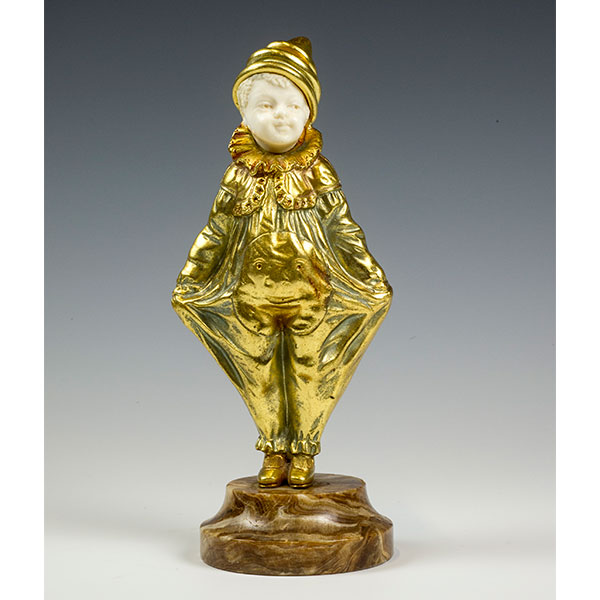
Clown by G. Omerth
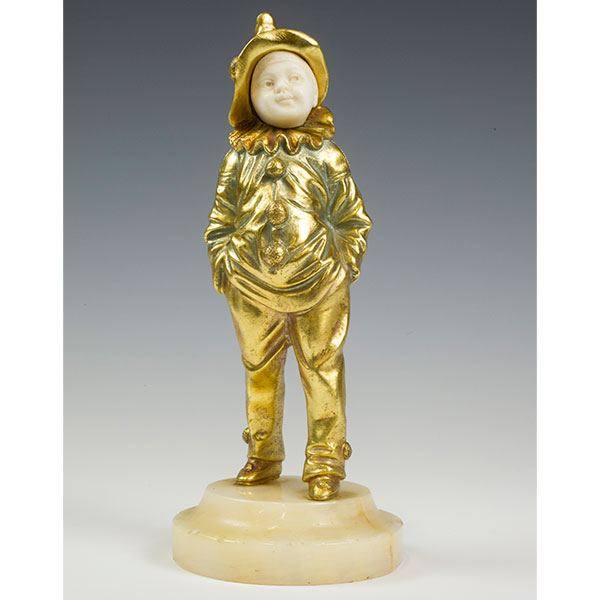
Pierrot by G. Omerth
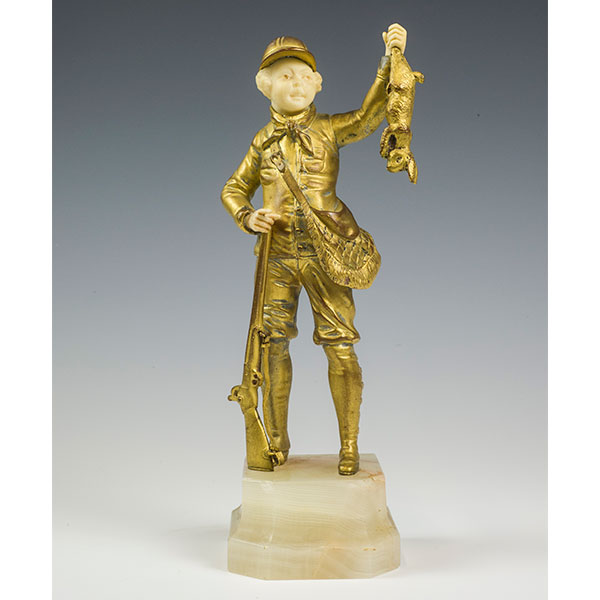
Hunter by G. Omerth
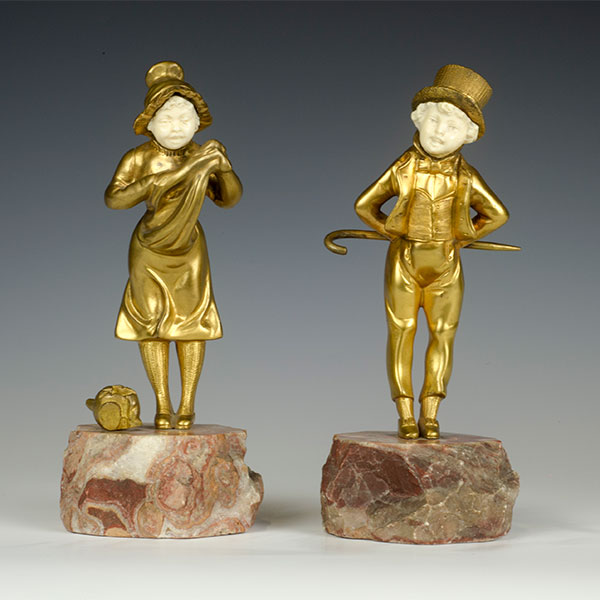
Girl and Boy by G. Omerth
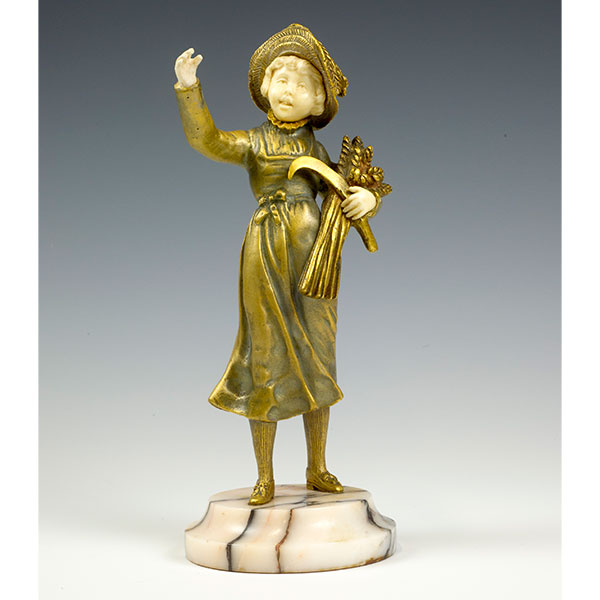
Harvest Girl by G. Omerth
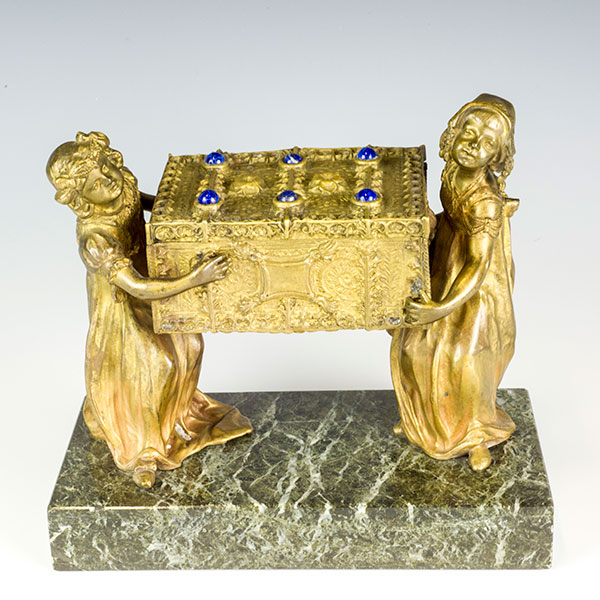
Pandora's Twins by C.Kauba
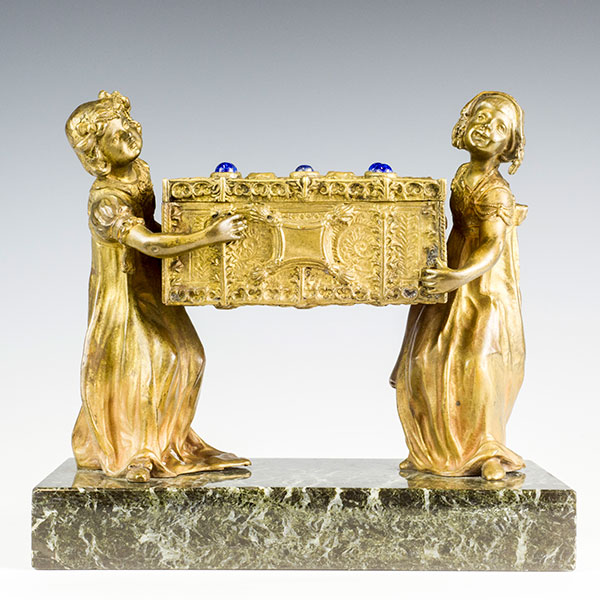
Pandora's Twins by C. Kauba
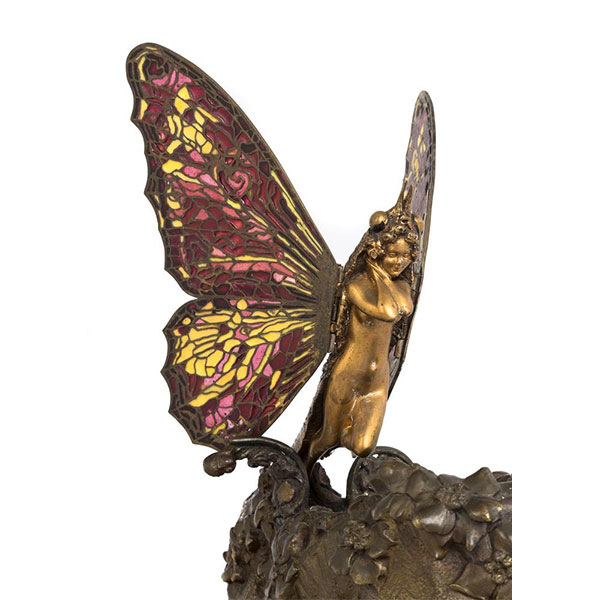
Metamorphosis by C. Kauba
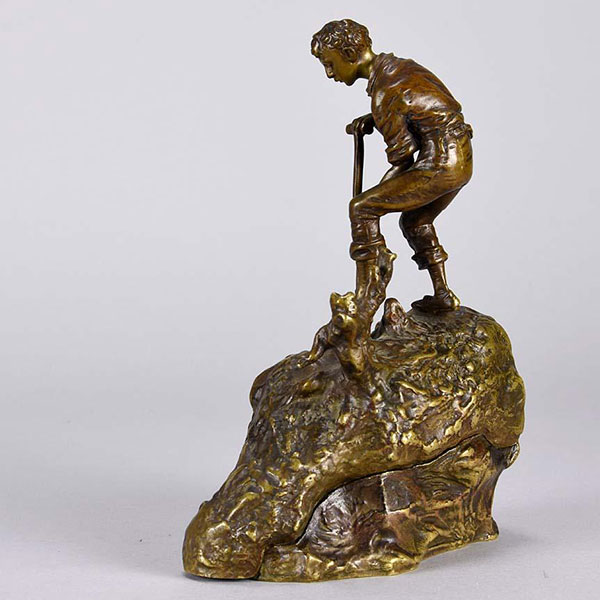
Treasure Seeker by C. Kauba
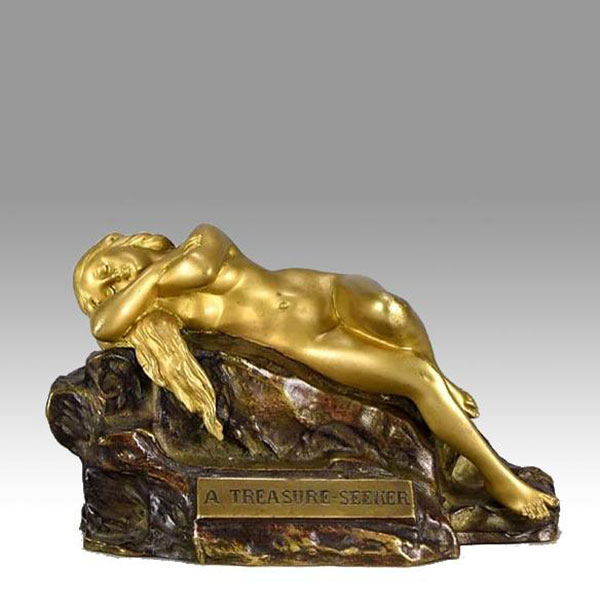
Treasure Seeker by C. Kauba
